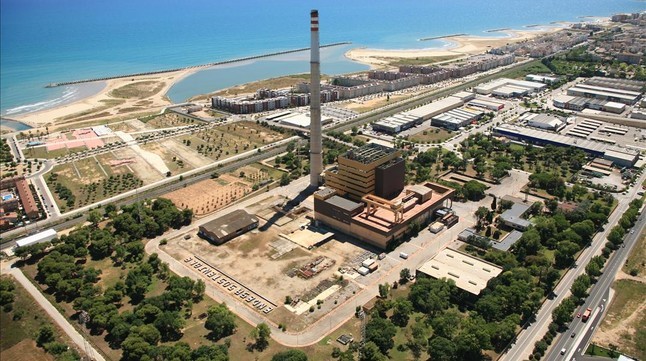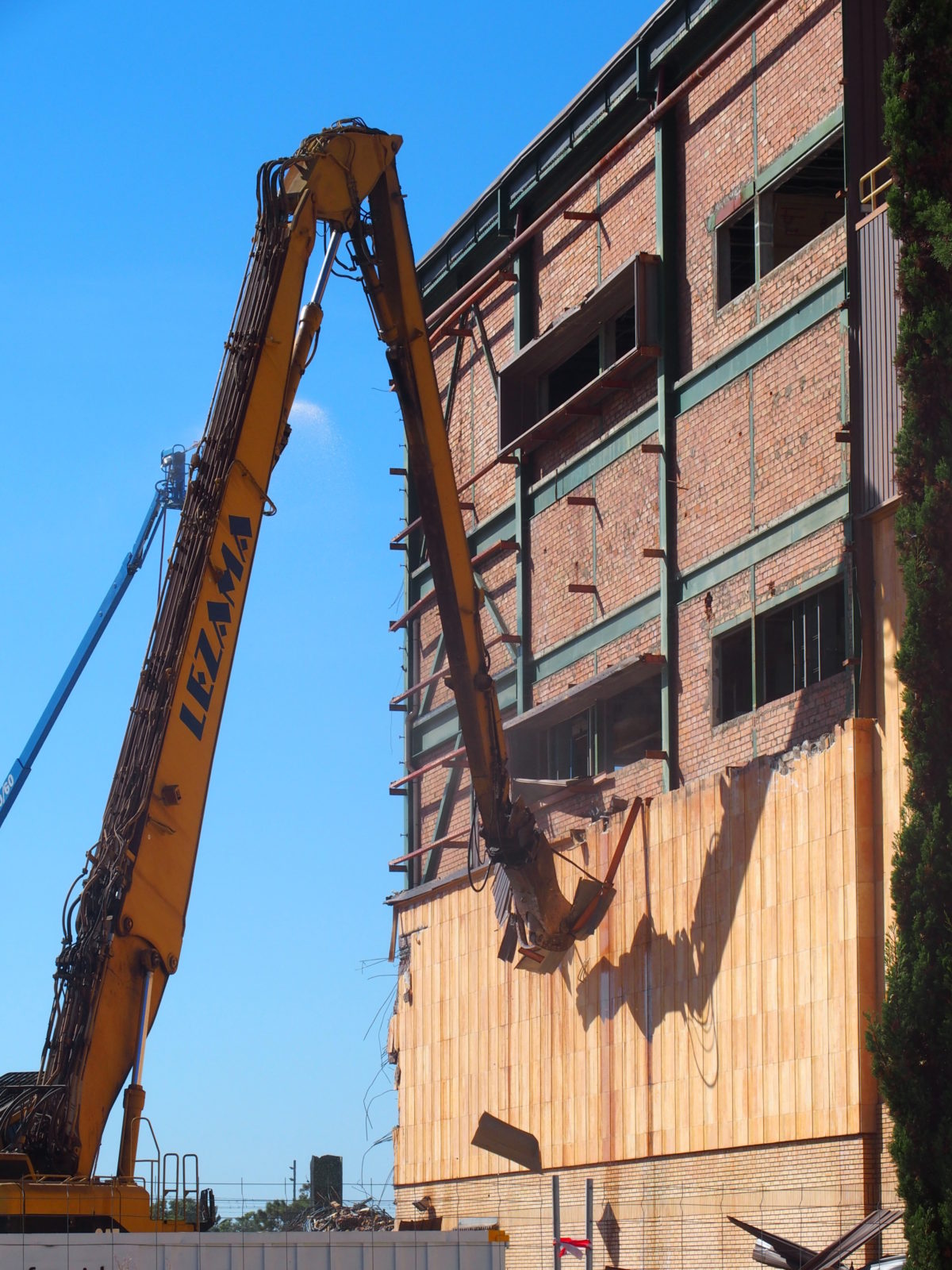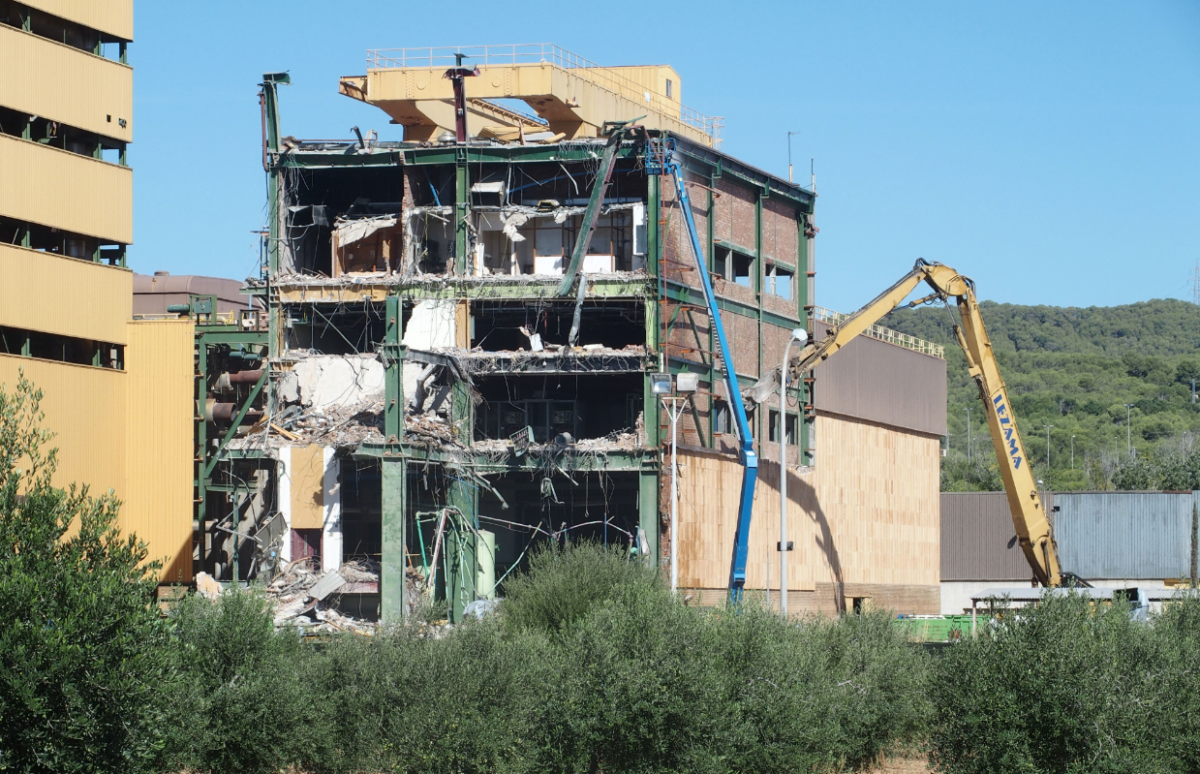Description
FOIX was a Thermal Power Plant consisting of 1×520 MW unit, operating until 2010. In 2015, the Spanish Government authorized its closure and ordered the dismantling and demolition of the plant. This process, where the value of materials and resources is maintained in the economy longer and the generation of waste minimized, has just started and will last around 21 months. An extensive circular economy approach has been adopted through the implementation of a Selective Demolition Process that implies to segregate the materials at origin maximizing their reuse and recycling.
The following steps will be carried out:
- Investigation of the buildings aimed at identifying and quantifying the components and substances present.
- Development of a demolition project that provides and ensures the separation in origin.
- Development by the EPC of disassembly and demolition procedures specific for each activity, which includes the sequence and the technology to use.
- Operating prior activities:
- Cleaning and collection of waste and substances present in the power plant.
- Asbestos / refractory fibers decontamination.
- Emptying and inerting of pipes and installations.
- Removal with mechanical and manual means of different materials and structures (ex. non-hazardous fibers, cables, glass, wood, plastic).
- Primary demolition (e.g. removal of cladding panels).
- Secondary demolition (concrete and metal structures).
The worksite itself will be sustainable through the implementation of technical actions to reduce environmental impacts and to increase the natural resources savings, besides bringing social benefits to local stakeholders (in fact, some of the plant’s equipment and tools will be donated to the scientific community). The result is an example of CSV (“Creating Shared Value”) for both Enel and the stakeholders.
Added value
Above all, promoting best waste management and resource efficiency practices:
Environmental
- Forecast of recovering around 70% of all materials demolished on-site and off-site. This will mean avoiding consumption of additional natural resources from quarries and reducing landfilling.
- 98% of recycled waste.
- Energy efficiency. Savings 16.860 kWh/year. Figures based on
- Hot water heating.
- LED illumination (on site + buildings).
- Photovoltaic chargers.
- Estimation of material recovery (annually): 47,700t Concrete, 24,700t Metal, 80t Wood, 40t Glass, 85t Paper.
- GHG emissions: Reduction of 8.8 tCO2/year. Figures based on:
- Electricity consumption reduction.
- Management of electric vehicles and machinery plus generators usage restrictions.
- Use of low emissions vehicles during the demolition phase and preferred use of local suppliers to reduce traffic impact.
- Implementation of a system to collect and reuse rainwater, vehicles washing and road cleaning in order to reduce dust in the environment.
Economic / Social
- Estimated employment rate contribution: About 40 people monthly, mainly through local contractors.
- Industrial relevant assets made available for scientific community (Towards Endesa Foundation).
- Donation of some of the plant’s equipment, tools and items to the local scientific community including scientific equipment and historical objects.
- Use of sustainable materials and products such as biodegradable oil, recyclable packaging etc.
- Recovery of mechanical and electrical equipment of the plant such as pumps, motors etc.
Challenges
- To increase awareness within the supply chain and stakeholders on the approach towards a circular economy and sustainable development achieving a more active involvement, contribution and symbiosis of contractors, workers, employees etc. in order to promote best practices and improved waste management.
- To promote the analysis for future regulation of homogeneous by-product and end-of-waste criteria concerning Construction and Demolition material resulting from building and decommissioning activities.
- The legislative uncertainties and not uniform interpretation across different regions and countries concerning materials reuse in the same building site (and possibly sale) usually lead to difficulties and barriers from a management and operational point of view.
- To find the right balance between health and safety issues, environmentally sustainable construction techniques and economic constraints.



